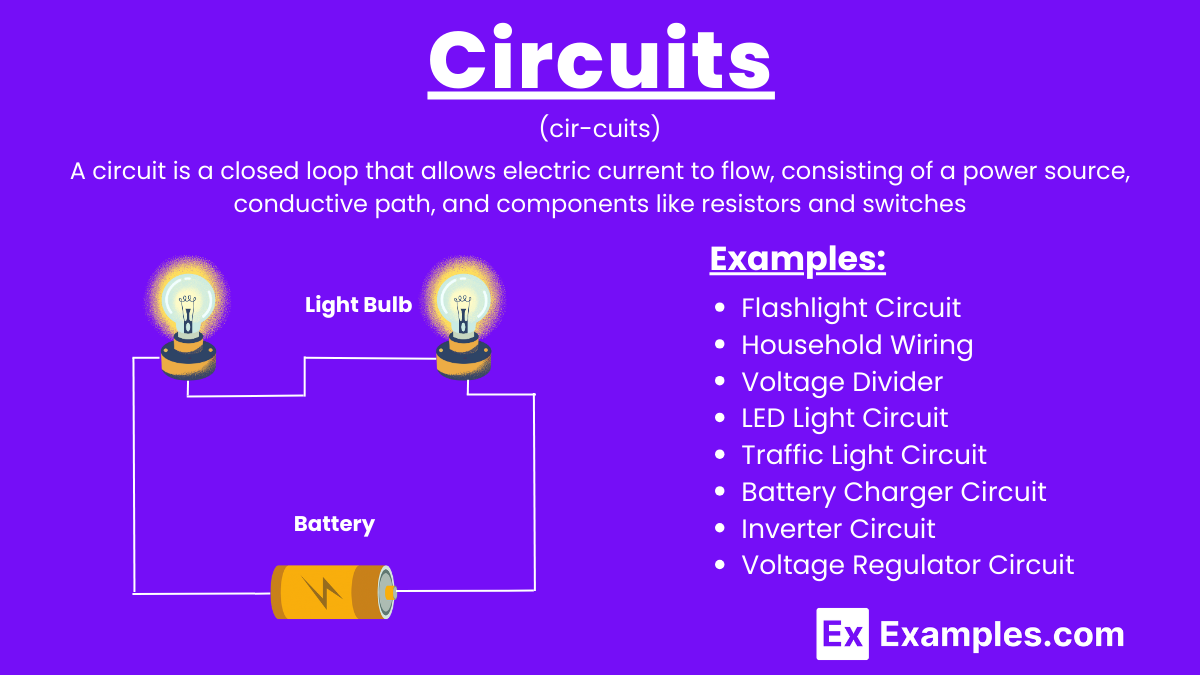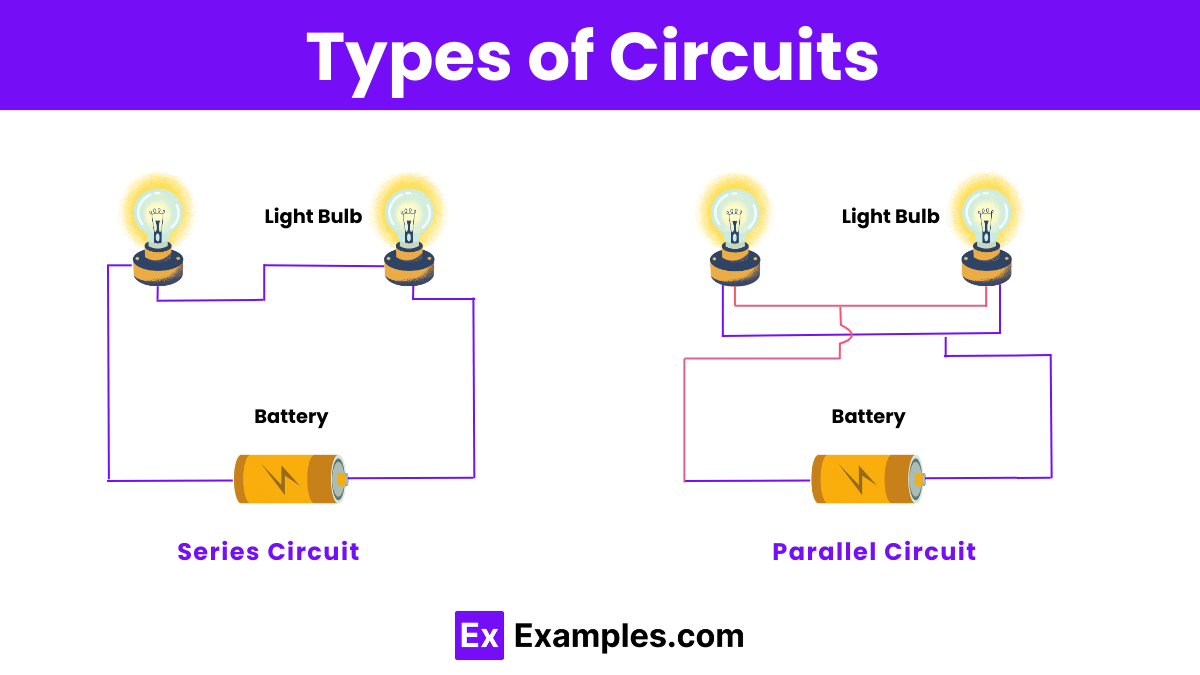What does Ohm's Law state?
The voltage across a conductor is equal to the product of its resistance and current.
The current through a conductor is equal to the product of its resistance and voltage.
The power across a conductor is equal to the resistance divided by the voltage.
The voltage is proportional to the power and resistance.




